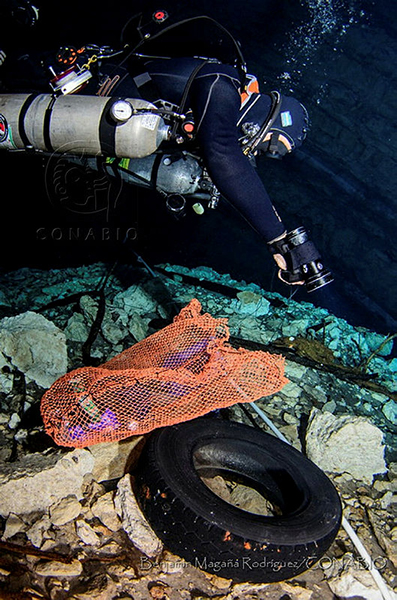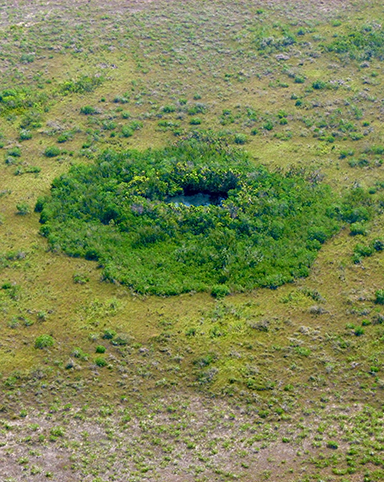NATURAL AND CULTURAL RICHNESS
The Yucatan aquifer is one of the largest in the world. It extends for over 2,000 km2 in the states of Campeche, Yucatan and Quintana Roo and it includes the most extensive system of subterranean rivers. Many ecosystems depend on the aquifer from cenotes to magroves and coastal petenes, fed by subterranean water that travels great distances.
The more than 9,000 cenotes of the peninsula, are home to an incredible diversity of unique species of fishes, crustaceans, and other groups. The aquifer has been the support of the sociocultural ecosystems that developed in the peninsula since over 10,000 years, including the great mayan culture. The health, culture and economy of present and future inhabitants depend on the health of the aquifer.
In the Yucatan peninsula the Mayan aquifer represents the source of life, economic activity and the last frontier of exploration in the world, after the oceans. It is a fundamental link between the Gulf of Mexico and the Caribbean basins. The largest underwater cave system of the world, the Sac Actún (White cave), with over 347 kilometers with Ice Age vestiges, from the first settlers of America and the Maya culture. The spectacular "cenotes" are windows to the Earth´s interior where unique species inhabit.

SISTEMA DE CUEVAS | ©Martin Broen

CENOTE | ©Iván Montes de Oca Cacheux



